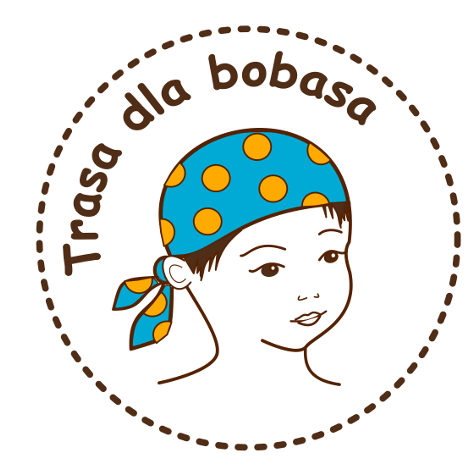Giewont - Trails and Interesting Facts. Get to Know the Sleeping Knight Better!
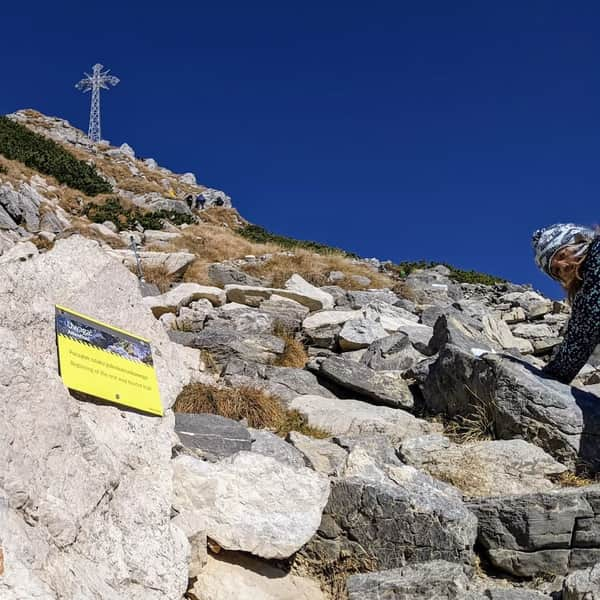
Giewont 1,895 meters above sea level
The name of the mountain Giewont probably comes from the word 'Wand' meaning rock-wall. Giewont is without a doubt the most recognizable mountain in Poland! The massif of the sleeping knight towering over Zakopane is unmistakable. No wonder that climbing Giewont is one of the most popular goals for trips to the Polish Tatra Mountains.
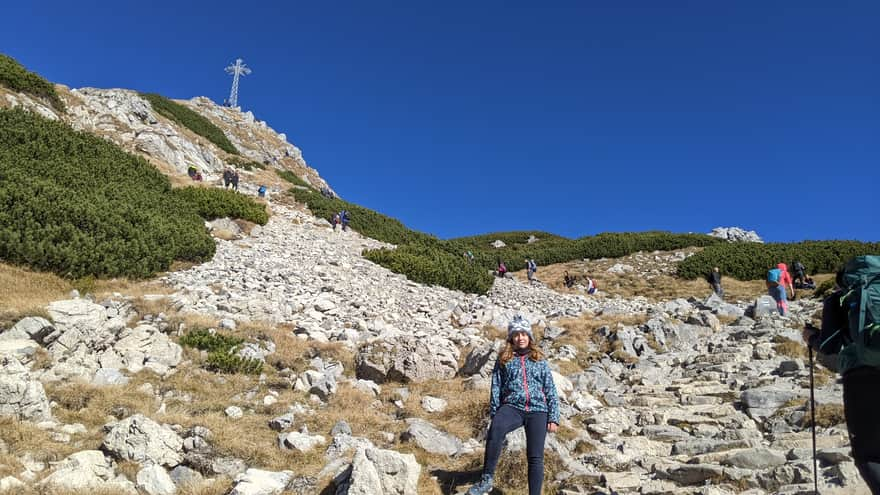
Easiest Trail to Giewont
The shortest and easiest trail to Giewont starts from Kuźnice through Hala Kondratowa - this is the blue trail. The trail begins in Kuźnice, about 5 km from the center of Zakopane, near the lower station of the cable car to Kasprowy Wierch. Due to the rocky nature of the summit, Giewont is not easy to climb - there are many higher peaks in the Polish Tatras that are paradoxically much easier to reach, such as Kasprowy Wierch.
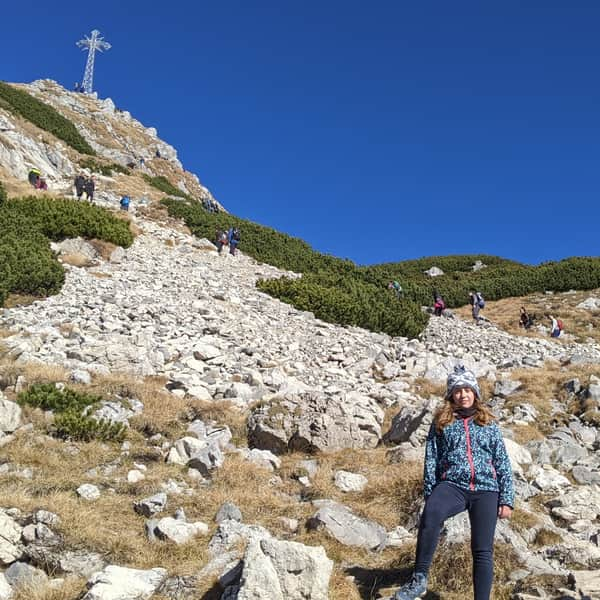
Difficult
The Easiest Trail to Giewont - Blue Trail from Kuźnice through Hala Kondratowa
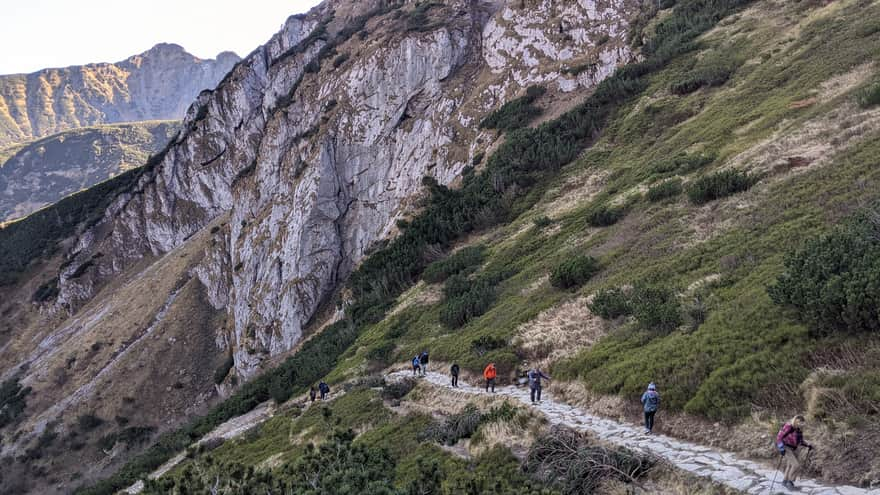
A less frequented and interesting trail to Giewont is the yellow trail leading through the Mała Łąka Valley. It is steeper and therefore more suitable as a way to reach the summit rather than a return route.
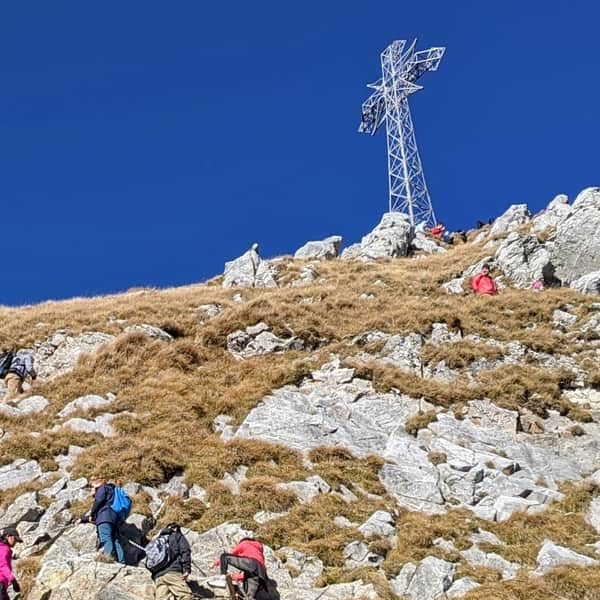
Difficult
Giewont - Yellow Trail through Mała Łąka Valley
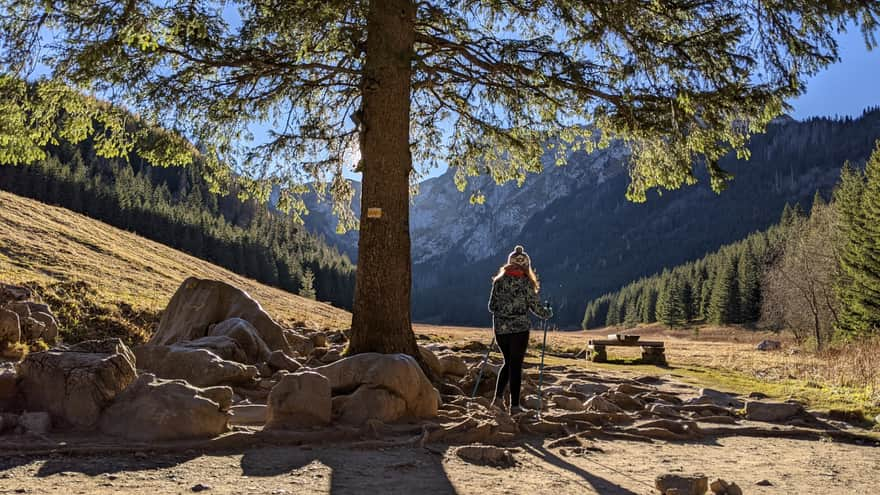
Giewont with Children
The approach to the summit of Giewont is rocky. You walk holding onto chains. The path at the very top is one-way, so you cannot turn back. Here, everything depends more on the individual fitness of the child than on their age. If you do not have experience in hiking in the Tatras, it is worth starting with easier peaks like Sarnia Skała or Nosal.
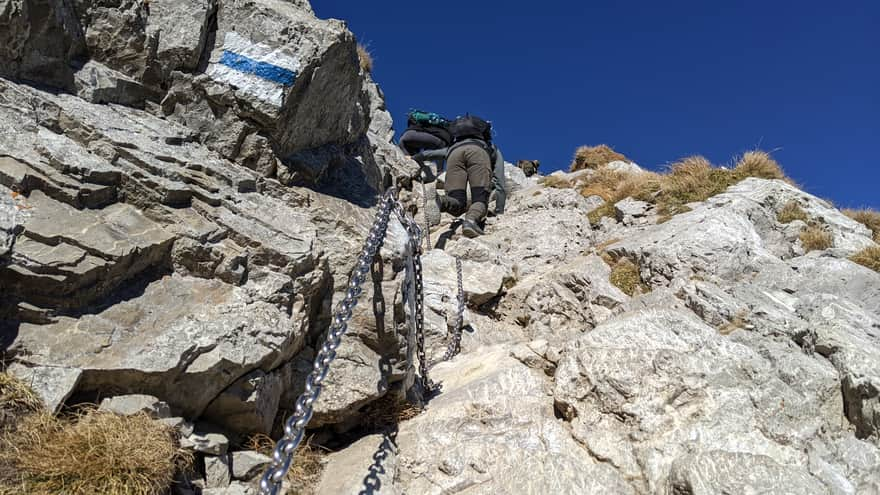
Giewont - Interesting Facts
The mysterious silhouette of the sleeping knight hides many secrets - it's worth discovering them! Climbing his nose will be even more interesting!
Did you know that Giewont is made of marine-origin rocks?
Our ancient Tatras were flooded by a warm sea belonging to the now non-existent Tethys Ocean 40 million years ago. Almost the entire Giewont massif is made of rocks that settled on the sea floor! Traces of the sea in the Tatras can also be seen at the entrance to the Tatra valleys: Strążyska, Kościeliska, and Biały Potok. The rocks at the beginning of these valleys are full of marine animal shells - foraminifera. These shells are up to a few centimeters in size and are quite visible in the rocks.
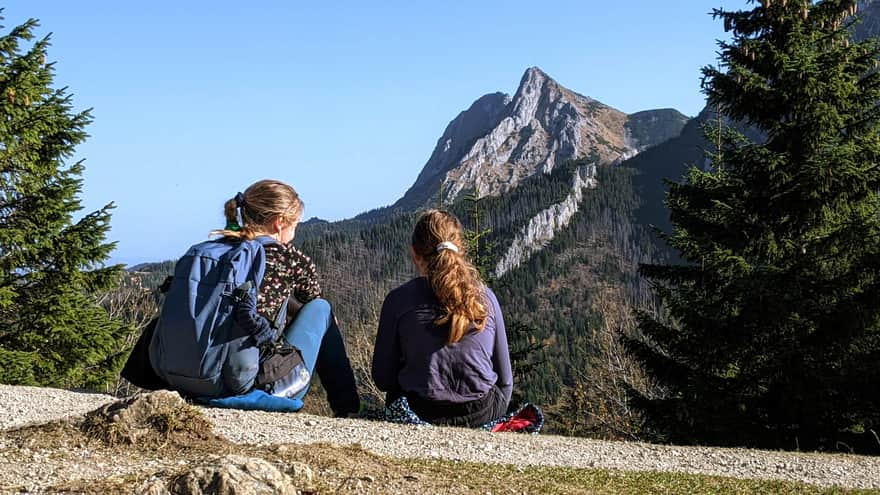
Giewont - Chamois Winter Here
In the winter, chamois seek shelter in the walls of Giewont. It is one of the few places in the Polish Tatras where they can survive this difficult season. Many rare plants also grow on the Giewont massif, including the field gentian, Hoppe's gentian, and the alpine lichen. They occur in Poland only in the Tatras and in very few locations.
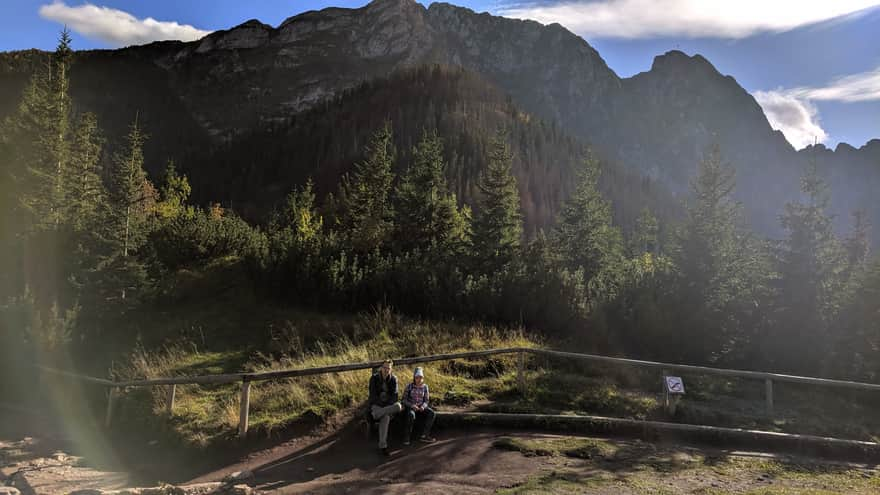
Giewont - Window Visible from Zakopane
Even from Zakopane, you can see a black hole - this is the entrance to the Juhaska Cave. It was named Eagle's Window because eagles often stayed there in the past. Light enters the cave through this window. The cave's name comes from a boy named Józio, a 9-year-old shepherd who unfortunately got lost while grazing sheep.
Giewont - Coloring Page for Kids to Download and Print
According to ancient legends, enchanted knights are hidden and sleeping in one of the caves in the Giewont massif. They guard Zakopane and all of Poland - in case of danger, they will rise to help.
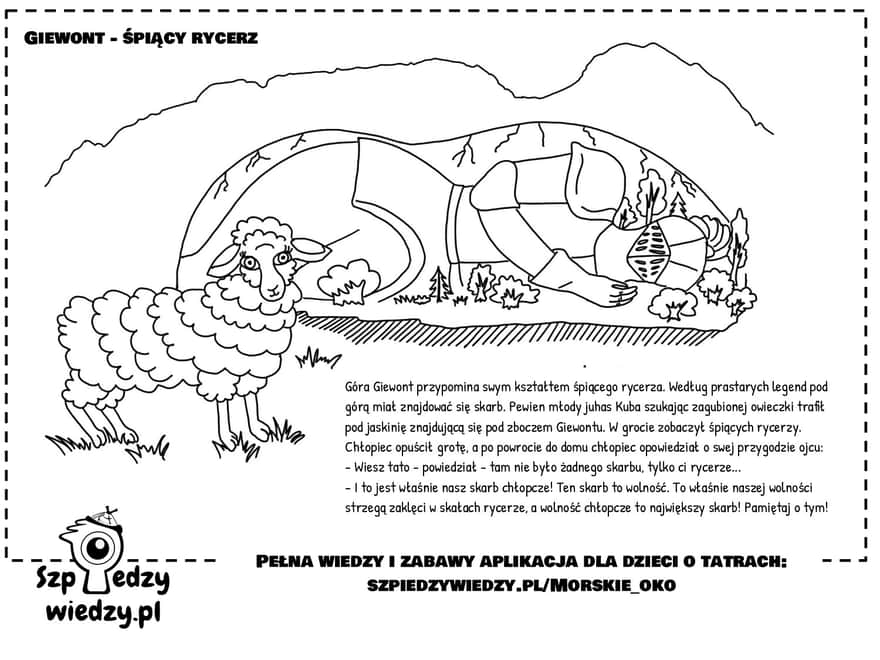
Legend of the Sleeping Knights under Giewont
The mountain Giewont resembles a sleeping knight in shape. According to ancient legends, a treasure was supposed to be hidden under the mountain. A young shepherd named Kuba, while searching for a lost sheep, found a cave under the slope of Giewont. In the cave, he saw sleeping knights. The boy left the cave and, upon returning home, told his father about his adventure:
'You know, Dad,' he said, 'there was no treasure, only those knights...'
'And that is our treasure, boy! That treasure is freedom. It is our freedom that the knights enchanted in the rocks guard, and freedom, boy, is the greatest treasure! Remember that!'
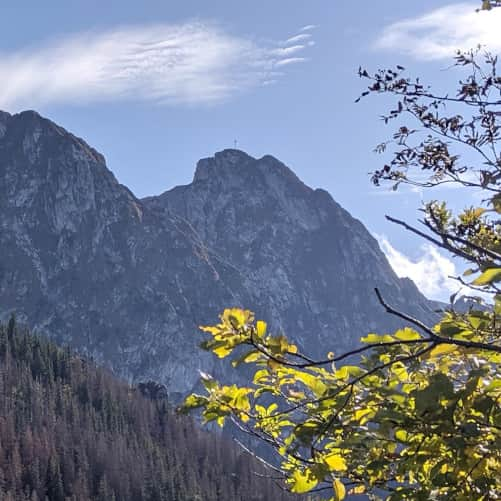
Legend of the Sleeping Knights under Giewont Mountain
Giewont - The Sleeping Knight. The mountain Giewont, towering over Zakopane, looks like a sleeping knight. Although it is not the highest peak in the Tatra Mountains, it is definitely the most popular! ...
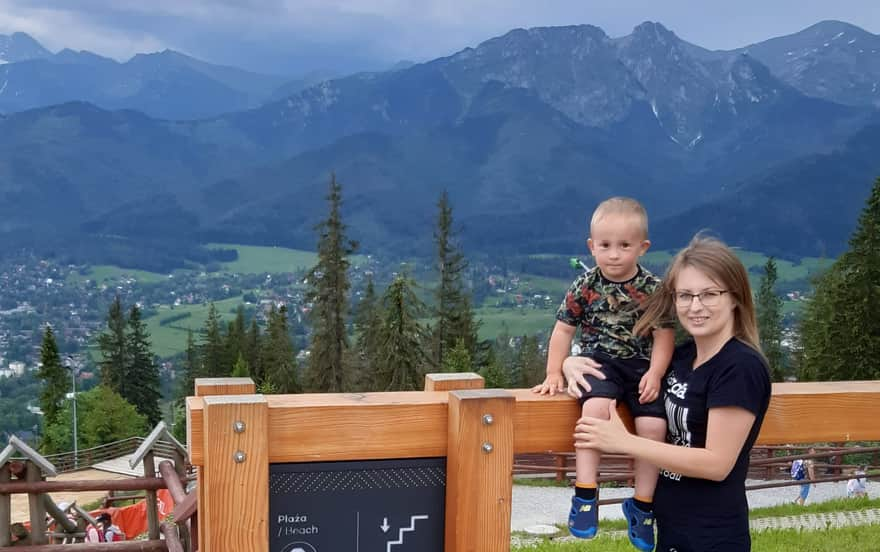
See Also:
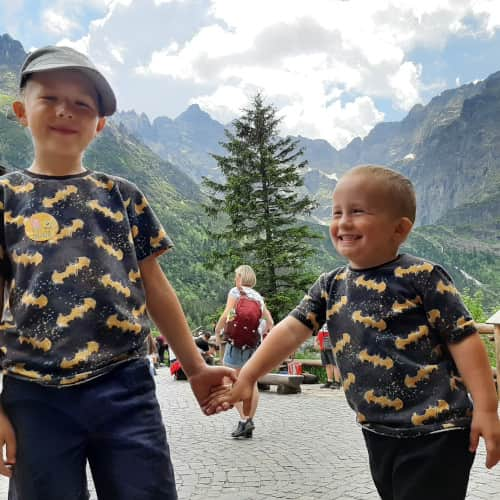
Zakopane and the Tatras - easy routes and trails for younger children
Easy trails in the Tatra Mountains for children. Attractive, scenic, easy trails that still provide a sense of satisfaction from hiking in the mountains. ...
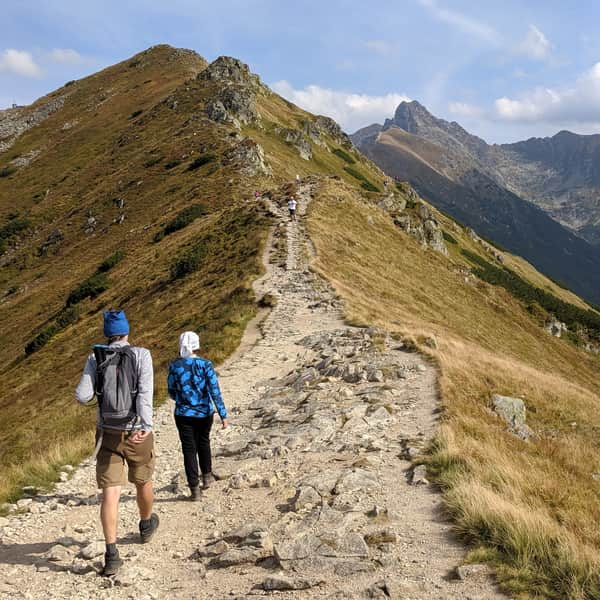
10 Trails in the Tatras for a 10-Year-Old
Trails in the Tatras for hiking with older children ...
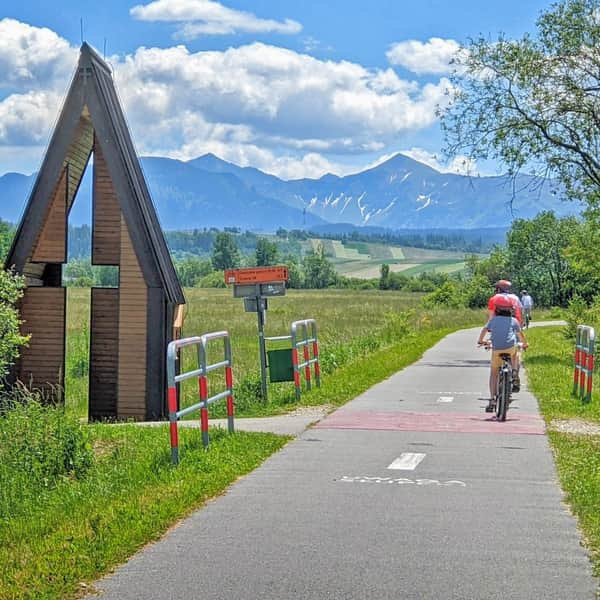
Easy
Cycling Trail around the Tatras - Easy and Scenic Route
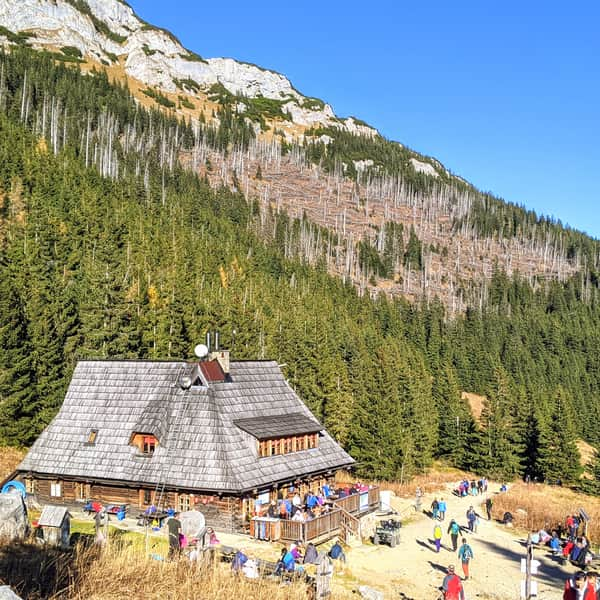
Shelters in the Tatras and the trails leading to them
Discover Tatra shelters - how to reach them? ...
Publish Date:
